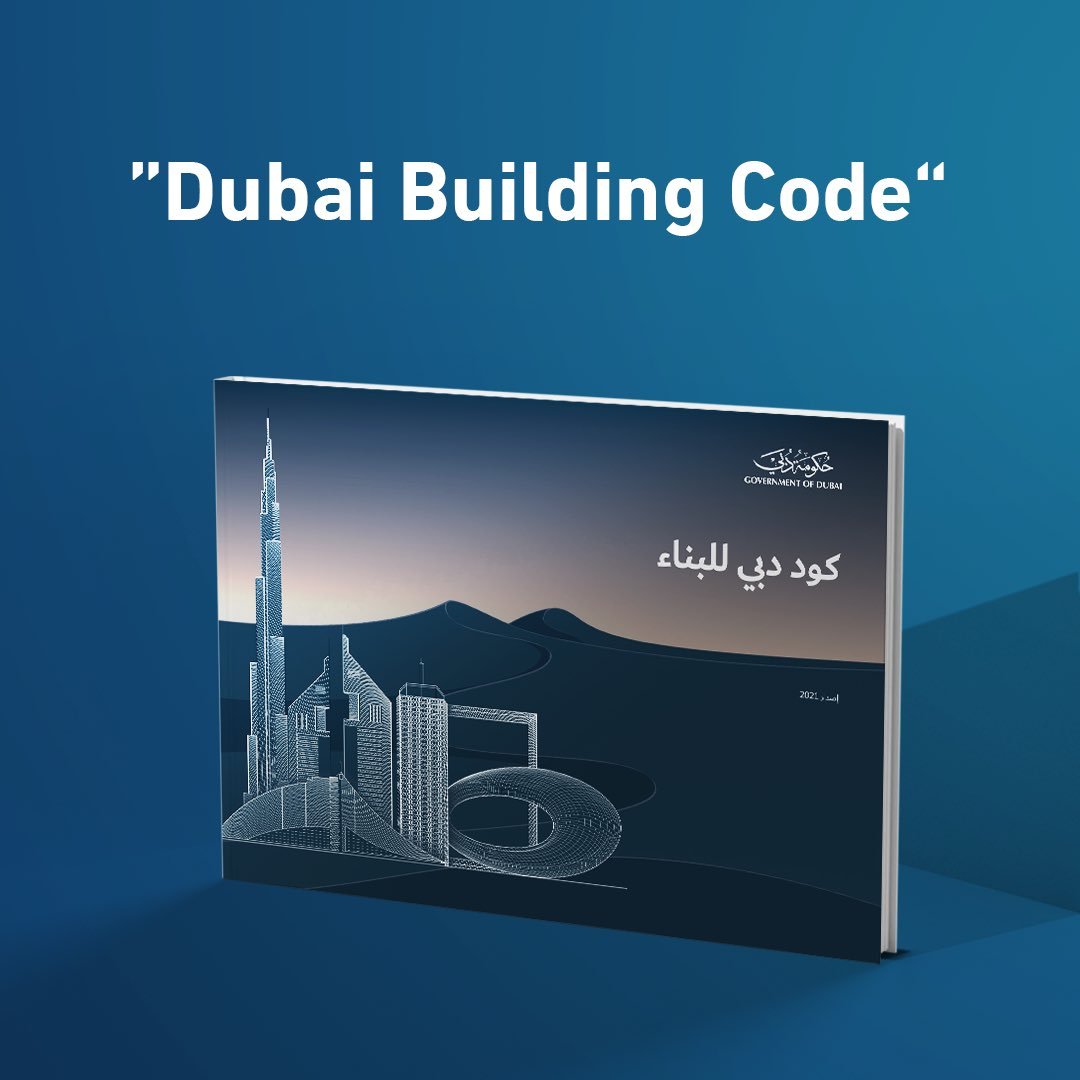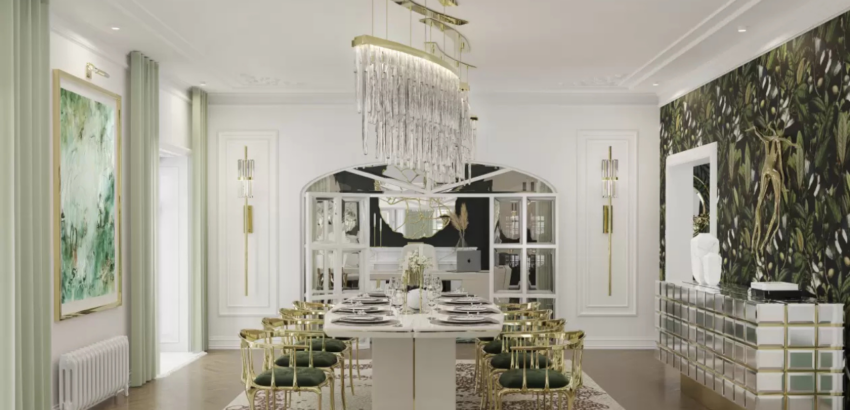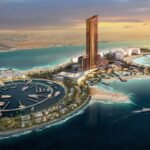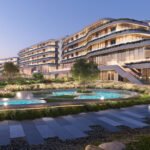Now Reading: Architecture competitions shaping UAE’s iconic skyline
-
01
Architecture competitions shaping UAE’s iconic skyline
Architecture competitions shaping UAE’s iconic skyline
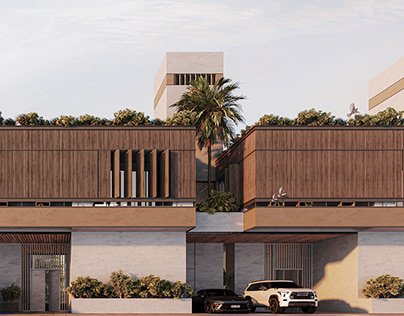
Architecture competitions UAE have played a pivotal role in transforming the skylines of Dubai, Abu Dhabi, and other emirates. From the world-famous Burj Khalifa to cutting-edge cultural landmarks, competitions invite architects, designers, and firms to present bold and innovative concepts that push the boundaries of design, functionality, and sustainability.
In a country known for rapid urban development and ambition, architecture competitions serve not only as platforms for creative expression but also as mechanisms to ensure that the built environment reflects global standards of excellence, innovation, and cultural identity.
Why architecture competitions matter in the UAE
The UAE’s real estate and urban planning landscape is highly competitive and visually ambitious. Architecture competitions influence development in several ways:
- Innovation: Encourage unique, world-class design concepts that set projects apart.
- Global participation: Invite international architects, fostering diverse perspectives and creativity.
- Cultural expression: Promote designs that reflect local heritage and modern identity.
- Sustainability: Encourage environmentally responsible solutions and green building integration.
- Public engagement: Provide opportunities for communities and stakeholders to interact with design proposals.
Through these mechanisms, competitions elevate design quality while creating iconic landmarks.
Examples of architecture competitions shaping UAE skylines
- Burj Khalifa (Downtown Dubai): The design by Skidmore, Owings & Merrill resulted from an open competition that prioritized structural innovation and global appeal.
- Louvre Abu Dhabi: An international design competition led to Jean Nouvel’s iconic dome structure, blending modernity with cultural heritage.
- Sheikh Zayed Grand Mosque expansions: Design proposals considered cultural sensitivity, sustainability, and architectural innovation.
- Dubai Expo 2020 pavilions: Competitions encouraged architects to experiment with cutting-edge concepts, creating memorable structures.
- Masdar City developments: Focused on sustainable urban design through competitive proposals from global firms.
These projects demonstrate how competitions have directly influenced landmark structures and urban identity.
Benefits of architecture competitions
Architecture competitions provide multiple advantages for developers, cities, and communities:
- Diverse ideas: Multiple submissions generate innovative and varied design options.
- Quality assurance: Competitive processes attract top talent and push for excellence.
- Branding and prestige: Iconic designs enhance city image and attract global attention.
- Sustainability focus: Competitions often require proposals to meet strict environmental standards.
- Community input: Public exhibitions of submissions increase engagement and feedback.
For the UAE, competitions have become a strategic tool to maintain its reputation as a hub for iconic and futuristic architecture.
Challenges and considerations
While competitions drive innovation, there are challenges to navigate:
- High costs: Organizing competitions and compensating participants can be expensive.
- Time-intensive: Evaluating submissions, iterations, and approvals require extended timelines.
- Feasibility gaps: Some winning designs may be difficult to execute due to technical, financial, or regulatory constraints.
- Subjectivity: Judging can involve subjective preferences, requiring clear criteria to ensure fairness.
Despite these challenges, the benefits in terms of urban identity, innovation, and global recognition often outweigh the drawbacks.
The role of competitions in sustainable architecture
Modern UAE architecture competitions increasingly emphasize sustainability:
- Energy efficiency: Designs must optimize solar orientation, natural ventilation, and insulation.
- Green materials: Encourage use of low-carbon, recycled, or renewable building materials.
- Water conservation: Innovative solutions for water usage and landscaping.
- Smart city integration: Proposals incorporate IoT, smart grids, and automated building systems.
These requirements ensure that iconic buildings are not only visually impressive but also environmentally responsible and future-ready.
Future of architecture competitions in the UAE

The future of architecture competitions UAE is closely tied to urban growth, technological innovation, and sustainability:
- Virtual and digital competitions: Leveraging VR/AR to visualize designs before construction.
- AI-assisted design evaluation: Using algorithms to assess structural feasibility and environmental impact.
- Inclusive community input: Greater emphasis on public participation in judging and feedback.
- Integration with proptech: Designs will increasingly consider smart building and sustainable urban planning solutions.
- Global collaboration: UAE will continue attracting international talent while fostering local expertise.
These trends suggest that competitions will remain a critical tool for shaping the UAE’s built environment.
Conclusion: Competitions as catalysts for iconic skylines
Architecture competitions UAE have significantly shaped the country’s skyline, combining innovation, cultural identity, and sustainability. From luxury skyscrapers in Dubai to cultural landmarks in Abu Dhabi, these competitions provide a platform for architects to transform ideas into iconic realities.
For developers and governments, competitions drive design excellence, enhance branding, and attract global attention. For communities, they offer opportunities to engage with transformative urban projects.
As the UAE continues to grow, architecture competitions will remain central to creating iconic skylines that reflect ambition, innovation, and a forward-looking vision for urban development.
Follow us on: Instagram
Read More :Short-term rental management surges in Dubai market



